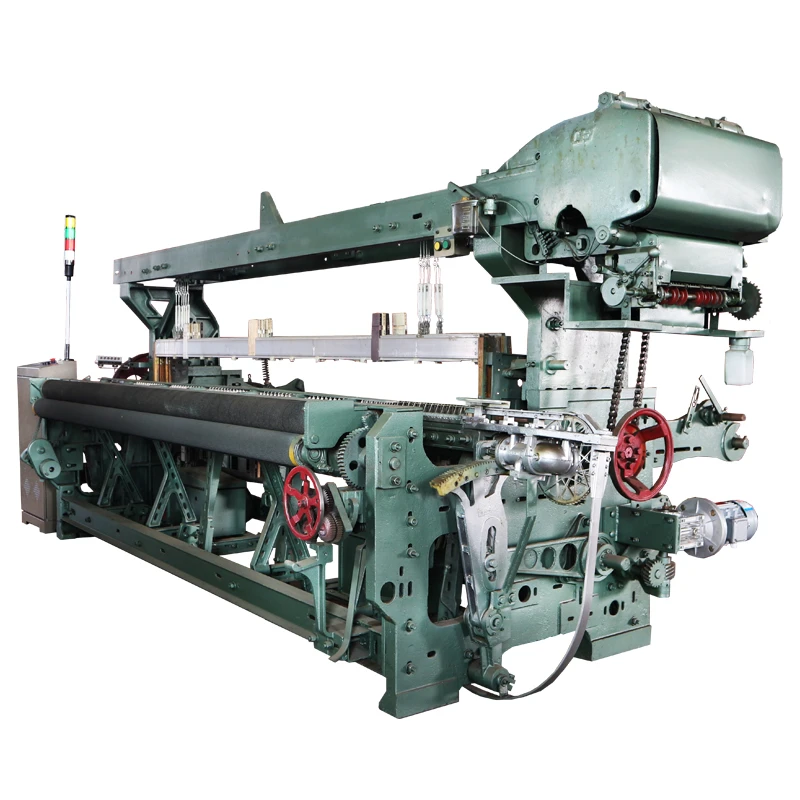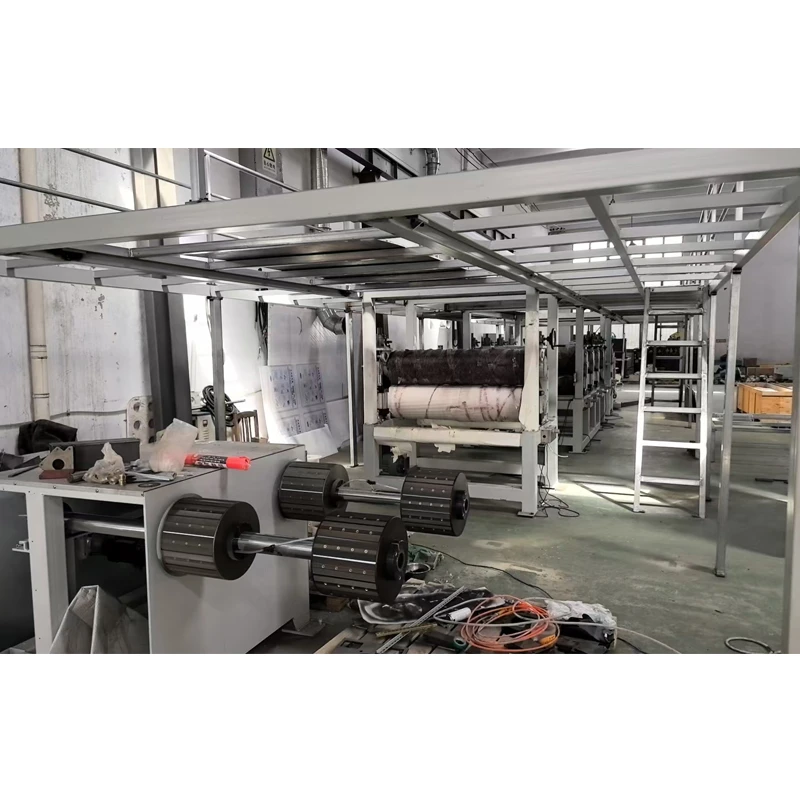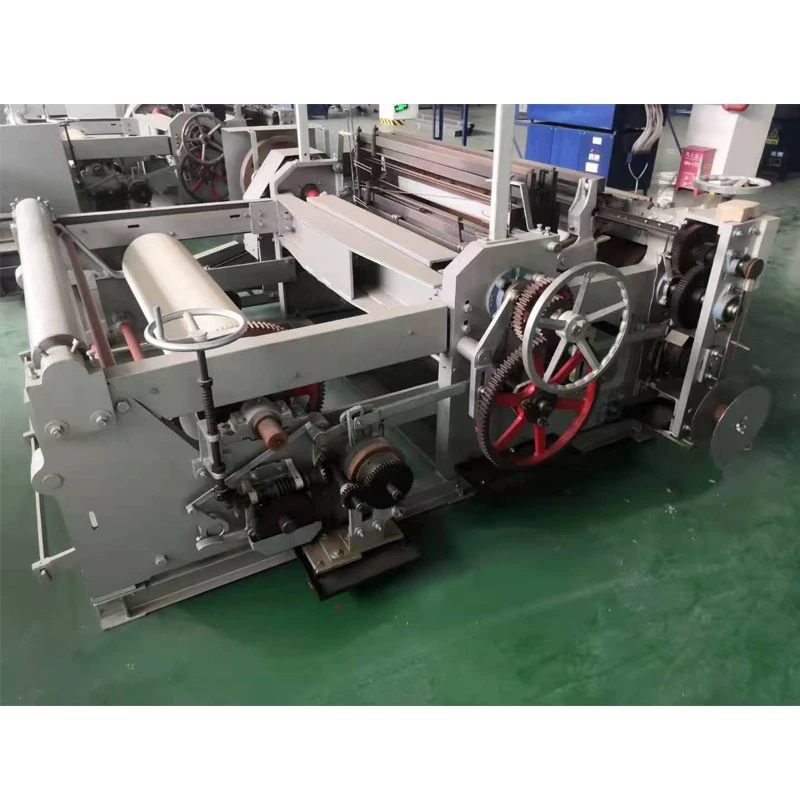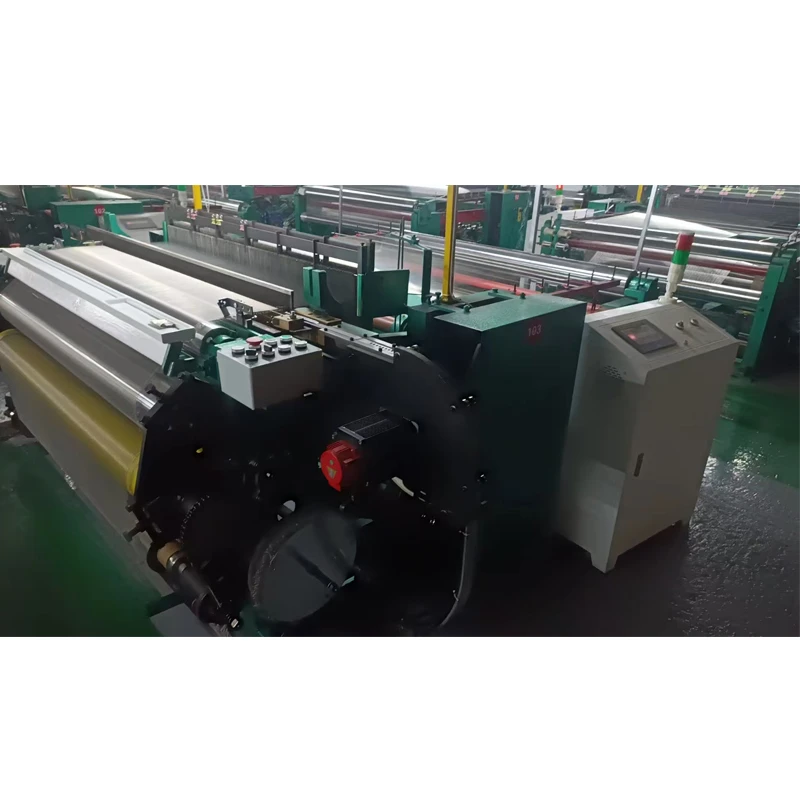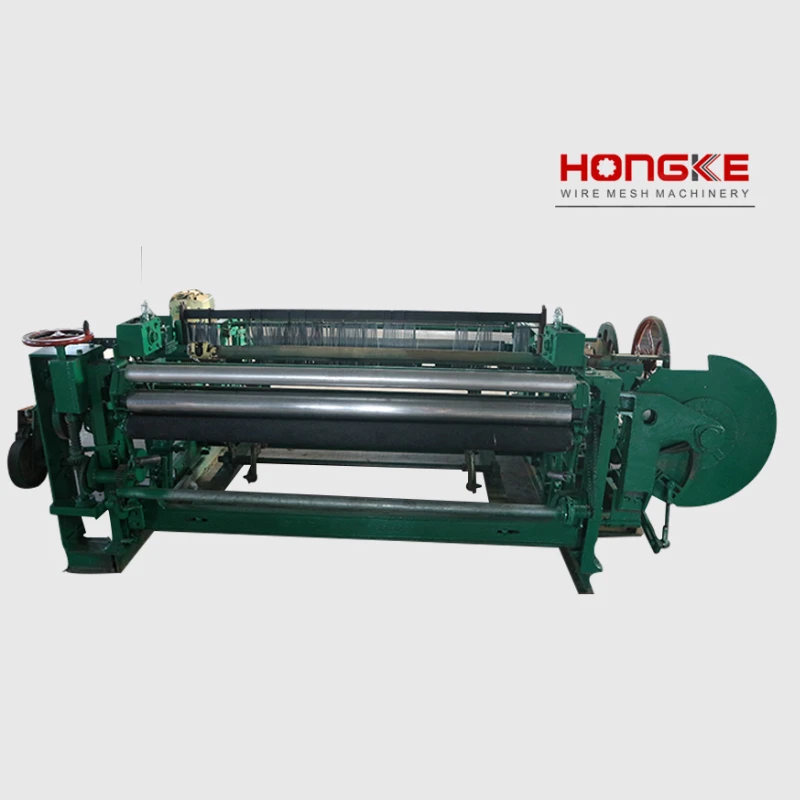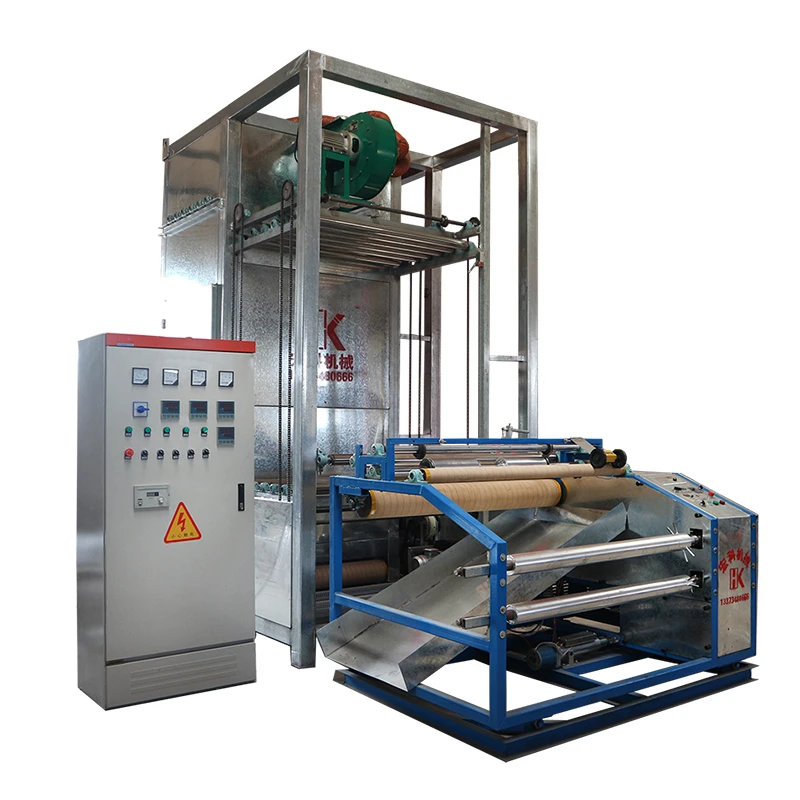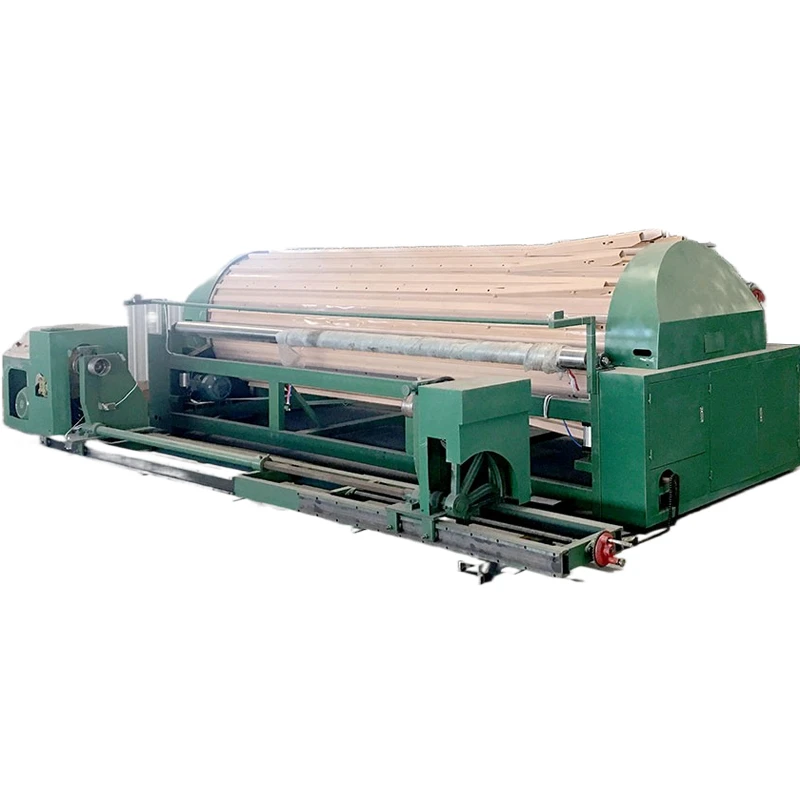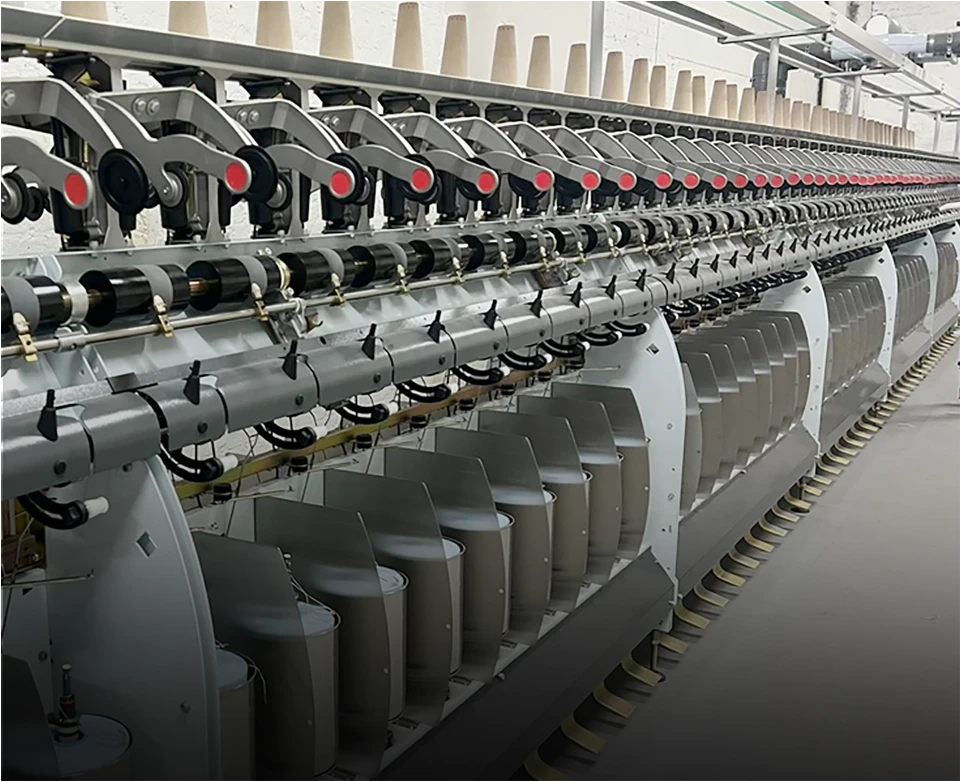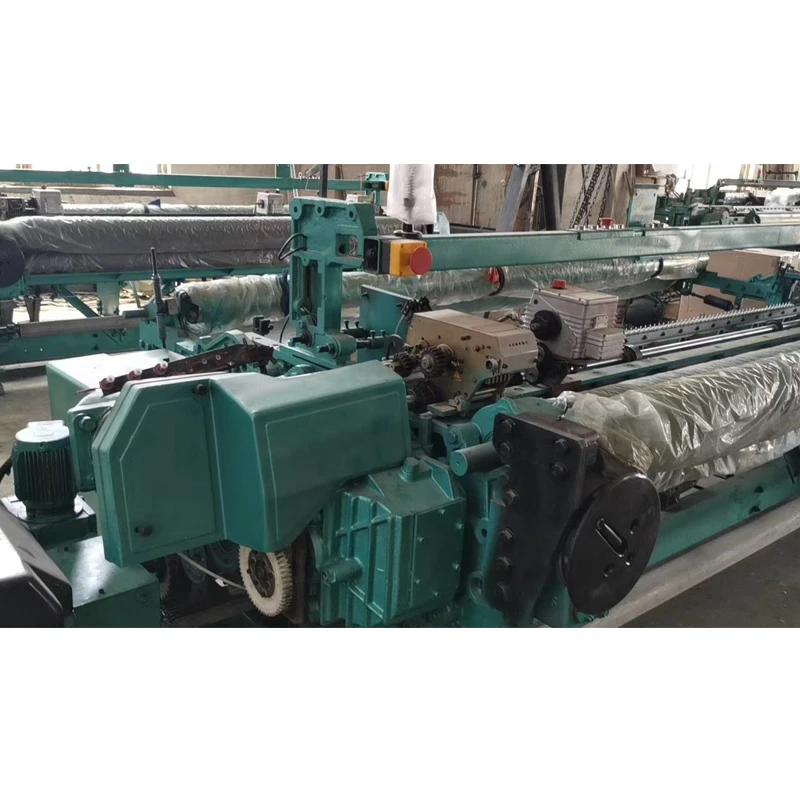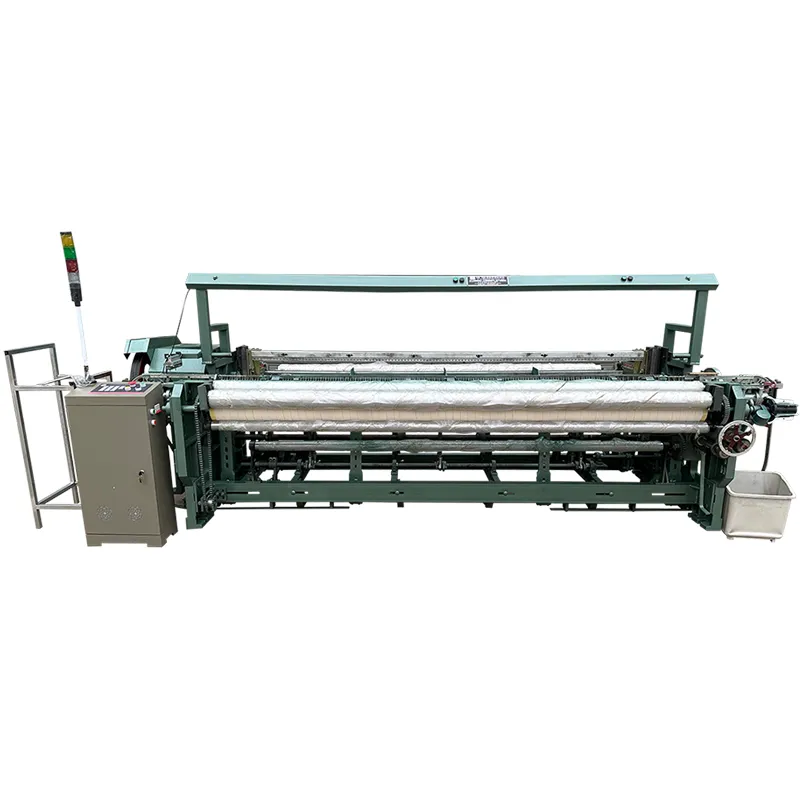
- Overview of Rapier Power Loom Technology
- Key Technical Advantages Over Traditional Looms
- Comparative Analysis of Leading Manufacturers
- Customization Options for Diverse Textile Needs
- Real-World Applications in Modern Textile Production
- Cost-Benefit Breakdown for Long-Term ROI
- Future Trends in Rapier Power Loom Pricing

(rapier power loom price)
Understanding Rapier Power Loom Technology and Market Dynamics
The rapier power loom price
reflects advanced textile manufacturing capabilities, combining precision weaving with energy-efficient operations. Modern machines achieve 650-800 RPM speeds while maintaining 98% uptime, making them 40% more productive than shuttle looms. Manufacturers increasingly prioritize models with integrated IoT monitoring, which reduces waste by 22% through real-time tension adjustments.
Technical Superiority in Modern Weaving Systems
Advanced rapier power looms feature servo-motor controls that enable ±0.5mm accuracy across 3-meter fabric widths. The patented thread insertion system operates at 15 m/sec, achieving 30% higher efficiency than conventional models. Energy recovery modules cut power consumption to 2.8 kW/h per meter, meeting EU Ecodesign 2025 standards.
Manufacturer Comparison: Performance Metrics
| Brand | Width (cm) | Speed (RPM) | Energy Use | Price Range |
|---|---|---|---|---|
| Picanol | 220-460 | 750 | 3.1 kW/h | $48,000-$85,000 |
| Dornier | 190-540 | 820 | 2.9 kW/h | $62,000-$92,000 |
| Tsudakoma | 180-380 | 680 | 3.3 kW/h | $41,000-$76,000 |
Tailored Solutions for Specific Production Requirements
Custom configurations address 87% of buyer requests, ranging from specialized rapier heads for carbon fibers to dual-beam setups for technical textiles. Optional upgrades include:
- Multi-layer weaving attachments (+$12,500)
- High-torque motors for heavy yarns (+$8,200)
- Modular expansion slots (+$6,800)
Industrial Deployment Success Stories
A Bangladesh denim mill reported 18-month ROI after replacing 32 shuttle looms with 8 rapier units. The $620,000 investment reduced labor costs by 65% while increasing output by 40%. Turkish home textile producers achieved 0.3% defect rates using automated quality control systems.
Financial Planning for Equipment Acquisition
Lifecycle analysis shows rapier power loom machine costs break even at 82% utilization over 5 years. Financing options from OEMs typically offer 8-12% APR with 15% down payment. Maintenance contracts (12-18% of base price) ensure 95% operational availability through predictive servicing.
Strategic Insights on Rapier Power Loom Price Trends
Market projections indicate 4.2% annual price stabilization for standard rapier power looms through 2028, while IoT-enabled models may see 7% premium growth. Second-hand reconditioned units (35-50% discount) now offer certified alternatives with 80% performance parity versus new machines.
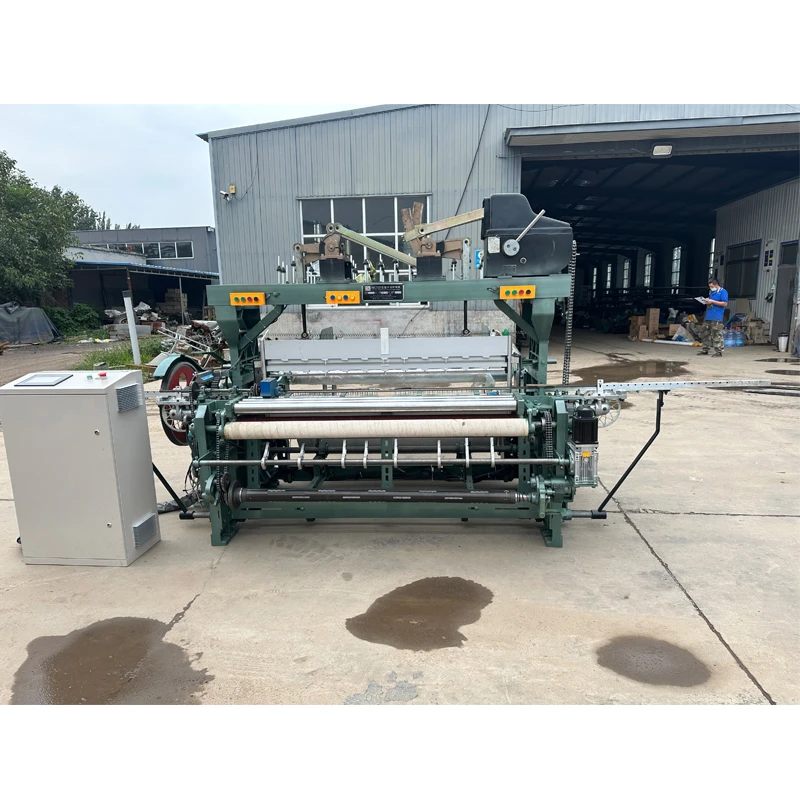
(rapier power loom price)
FAQS on rapier power loom price
Q: What factors affect rapier power loom price?
A: Rapier power loom prices depend on brand reputation, machine specifications (e.g., weaving width, speed), automation level, and optional features like digital controls or energy efficiency.
Q: How does power loom jacquard machine price compare to standard rapier looms?
A: Jacquard machines typically cost 20-40% more due to complex patterning mechanisms and advanced software for intricate textile designs.
Q: What is the price range for used rapier power loom machines?
A: Used rapier looms range from $10,000 to $50,000, depending on age (5-15 years), maintenance history, and remaining operational lifespan.
Q: Do rapier power loom prices include installation and maintenance costs?
A: Base prices usually exclude installation ($2,000-$5,000) and annual maintenance contracts ($1,500-$4,000), which are negotiated separately.
Q: How do European and Asian rapier loom manufacturers' prices differ?
A: European brands (e.g., Picanol, Dornier) charge 25-35% more than Asian counterparts (e.g., Tsudakoma, Toyota) for similar specifications, reflecting differences in labor costs and technology premiums.

Pervious








